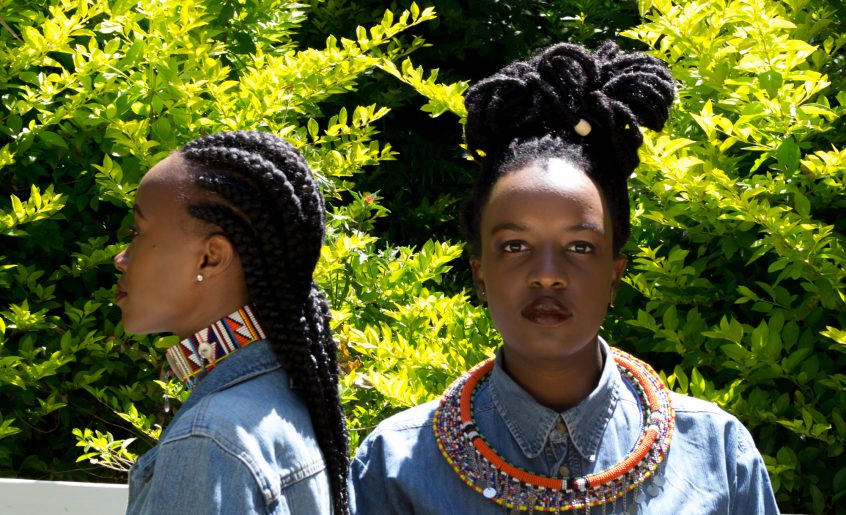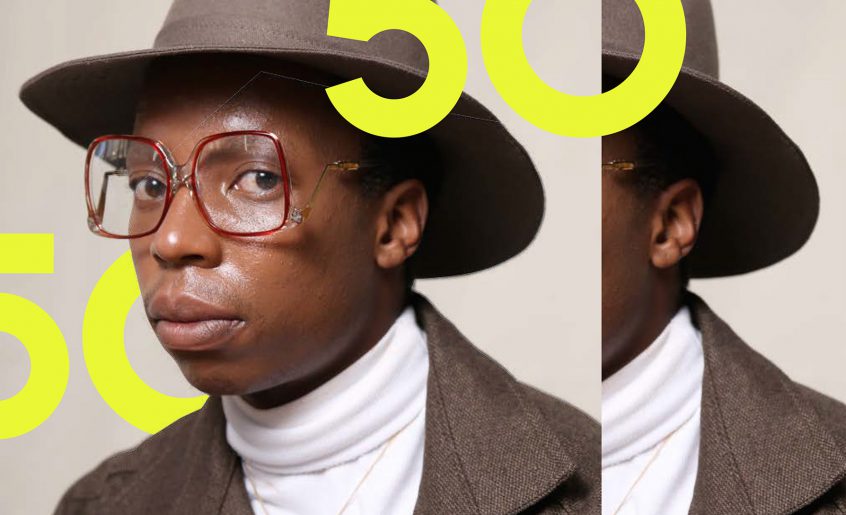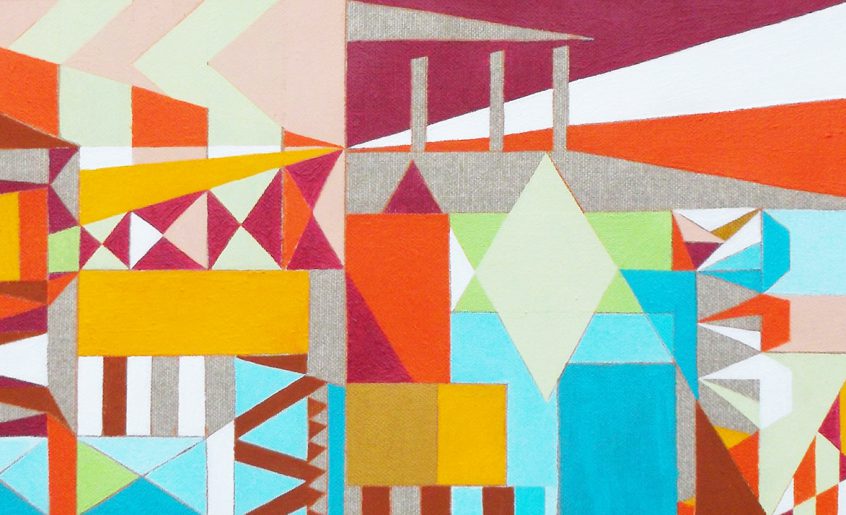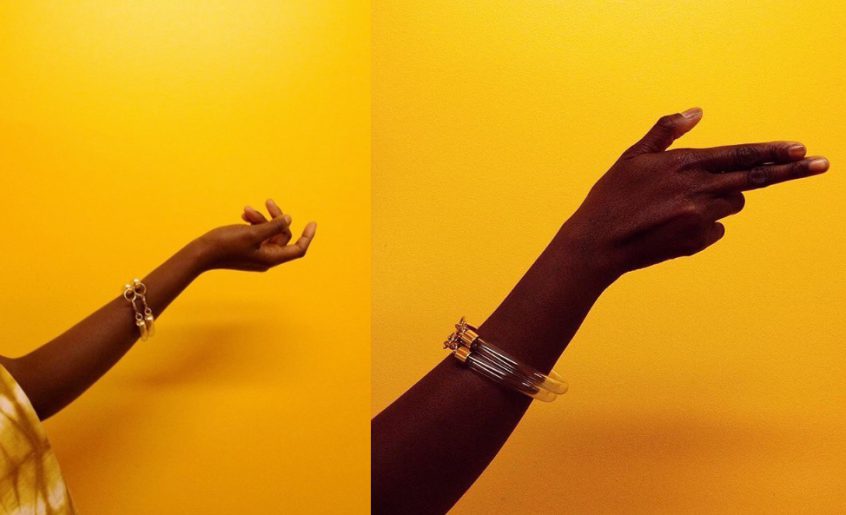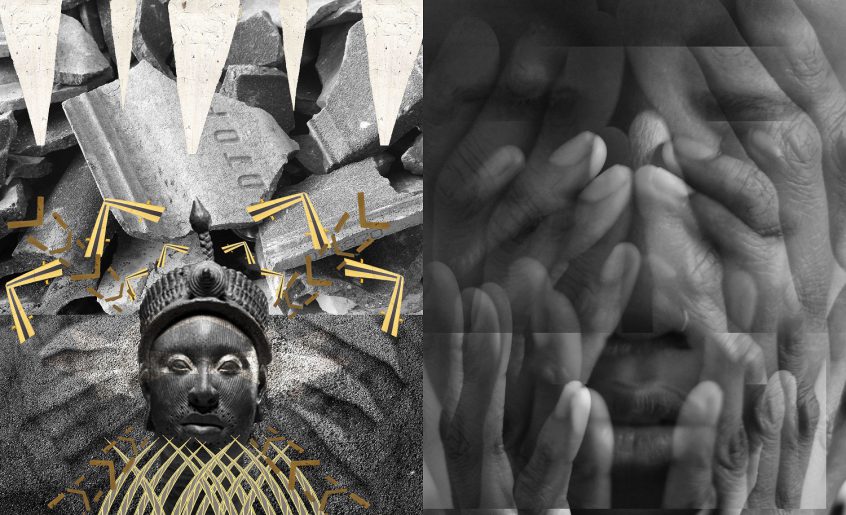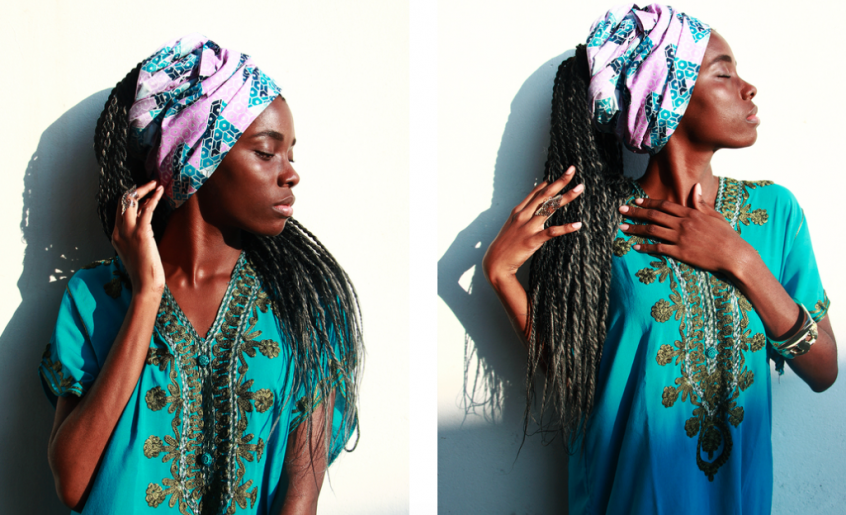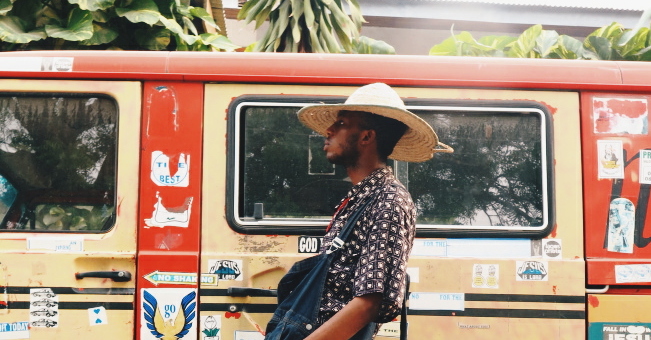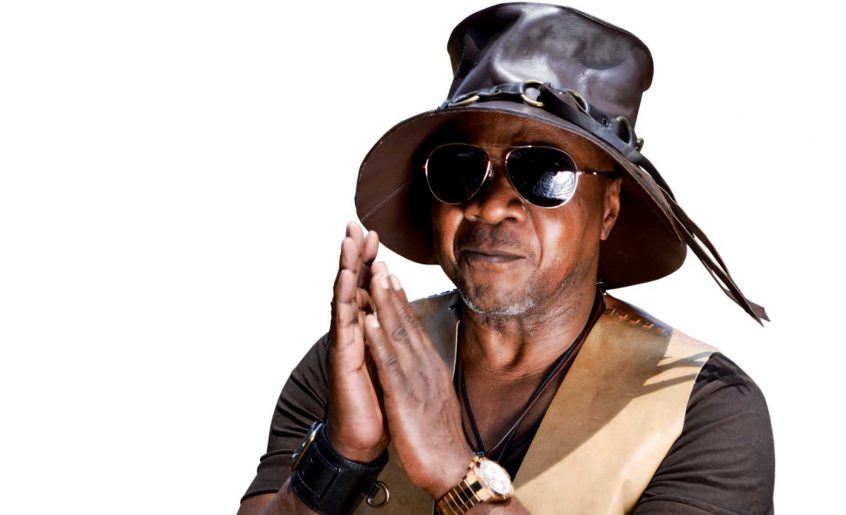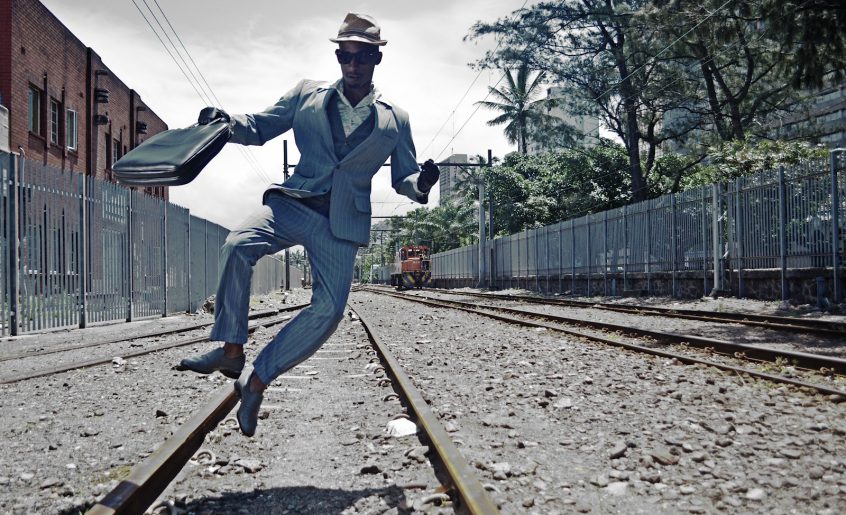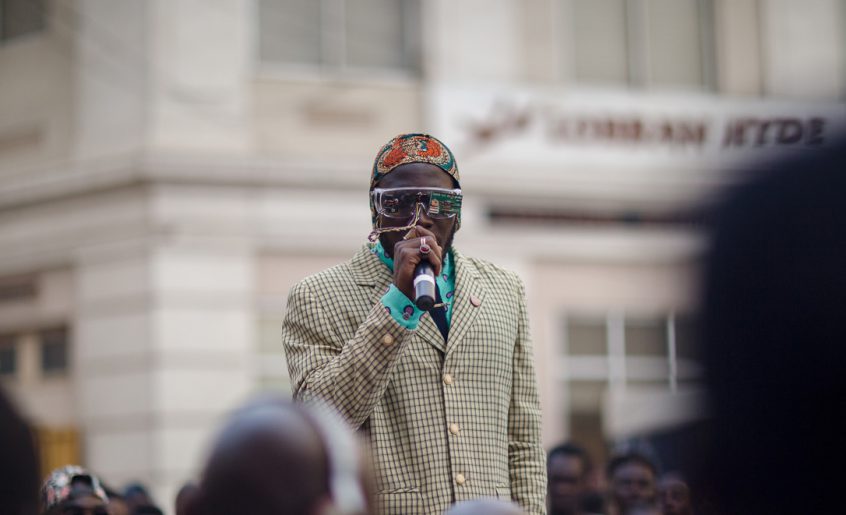#OwnYourCulture is a social media movement that seeks to “decolonize fashion, one necklace at a time”. It showcases ‘traditional’ ornaments as fashionable pieces, in a bid to show the fashionable-ity of traditional jewelry and reconnect to what fashion was and looked like in Africa before European colonization. Fashion consultant Chepkemboi Mang’ira of the blog MissVavavum launched #OwnYourCulture on Instagram in 2015, asking users to style a traditional cultural piece with contemporary clothes. Since …
Simon and Mary is a South African headwear company, established in Johannesburg in the 1930s by Mordechai Wozniak, a Polish immigrant, and run today by his great-great grandson Dean. The factory, which was originally called “Supreme Hat and Cap Manufacturers”, launched the actual brand “Simon and Mary” in 2014. It produces wool felt hats using original machinery from the 1960s. …
So I got a dedicated IG account two weeks ago, where I post inspiring visuals and the occasional blog-related news. Do check it out to have a look at my personal visual board! *Cover image: Mary Cinque, Africa Alle, 2015
As anticipated, here is my second post about Mukhtara Yusuf, penned and published in Blacks to the Future. Stay on the blog to read it, or head to BsttF to enjoy a bonus audio track by Mukhtara’s mother! *** Mukhtara Yusuf is a cultural activist of Nigerian Yoruba origin who explores identity making in a post-colonial context through Afrofuturist art. …
Mukhtara Yusuf is a cultural activist of Nigerian Yoruba origin based in the US, who explores identity making in the context of the black diaspora. Her media of choice include printwork and collage, but she is especially committed to fashion and jewelry design. To her, dress articulates the unfinished business of self-making as a “3rdculture kid” of the diaspora. In …
Social media users, have you come across the #RespekTheDoek campaign yet? It began ten days ago on Twitter, when the South African network eNCA removed a video package from its TV channel on the grounds that reporter Nontobeko Sibisi shot it wearing a headwrap – or doek, as it is called in Afrikaans. eNCA’s policy, which claims to “be in line with [South Africa’s] corporate and national values”, deems headgear inappropriate. Since …
In the year and a half since I launched Afrosartorialism, the fortune and fame of African style bloggers has grown quickly and steadily. Some of them have become international trendsetters; others have launched careers in the fashion industry; others yet have put a growing visibility in the service of community projects and social initiatives. In different capacities, the cultural work of these style amateurs is forcing a change in the …
I was saddened to hear of Papa Wemba’s death. An unexpected event that followed too soon that of another cultural icon and black dandy, Prince. Wemba collapsed on stage in Abidjan on Sunday 24 April , leaving a country – his native Democratic Republic of Congo – and a whole continent to mourn him. Papa Wemba was the world ambassador of Congolese rhumba, but he …
The swenkas are Zulu migrant laborers living in Johannesburg’s poor areas who have been turning heads with their elegant style and dance skills since the mid 1900s. In the apartheid decades, swenking preserved Zulu culture and pride. The swenkas favoured a formal dress code inspired by jazz-age refinement. Their tailored suits came with brimmed hats and leather shoes, as well as a variety of accessories, including eyewear, …
Thirty-year old Evans Mireku Kissi, also known as Steloolive, is a DJ based in Accra with a social media following that counts as many fans of experimental house music as of blipster (black hipster) fashion. Steelo believes in individual emancipation and self-styling is his way to practice it. A look at his online presence is enough to understand why he …
